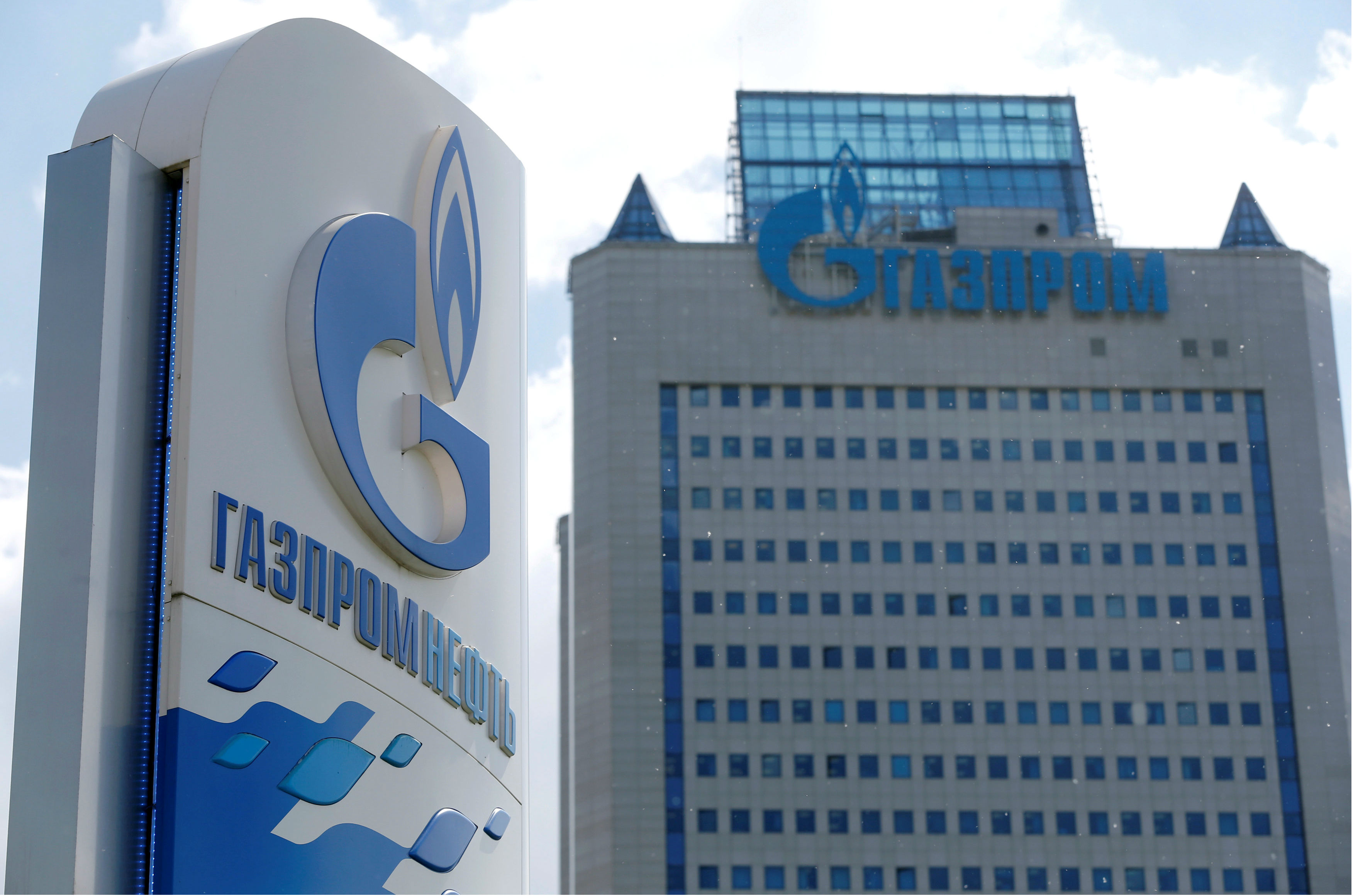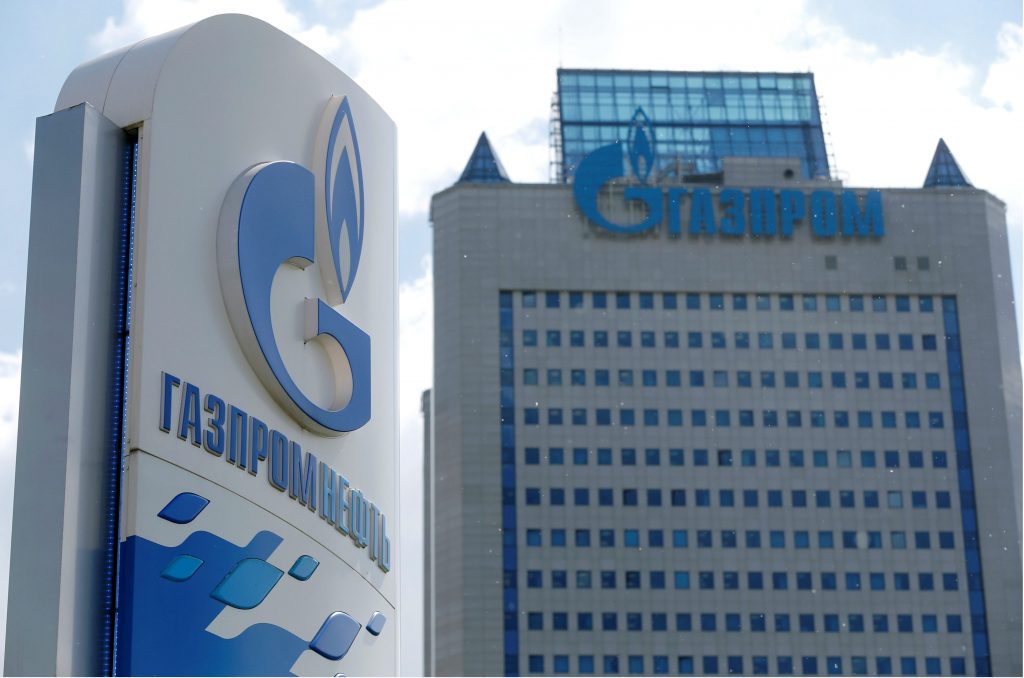 The European gas market has become more integrated and more competitive since the 2009 gas crisis when Russia turned off the tap for nearly a week and Europe practically froze. Europe has increased the resilience of its gas system by building interconnections between pipelines, expanding its storage network, and diversifying gas supplies by creating infrastructure that can receive LNG from new suppliers like the United States, Qatar, and Saudi Arabia. Although Russian gas supplies still remain the largest and most cost-efficient arrangement, a more market-based system of hub gas pricing is gaining popularity. All of these changes have provided Ukraine with a historic chance to end its energy dependence on Russia by integrating with the liberalized European market.
The European gas market has become more integrated and more competitive since the 2009 gas crisis when Russia turned off the tap for nearly a week and Europe practically froze. Europe has increased the resilience of its gas system by building interconnections between pipelines, expanding its storage network, and diversifying gas supplies by creating infrastructure that can receive LNG from new suppliers like the United States, Qatar, and Saudi Arabia. Although Russian gas supplies still remain the largest and most cost-efficient arrangement, a more market-based system of hub gas pricing is gaining popularity. All of these changes have provided Ukraine with a historic chance to end its energy dependence on Russia by integrating with the liberalized European market.
The issue of gas supplies has always been politically charged in Ukraine, as the country has heavily depended on Russia for gas. The 1990s saw Russian Gazprom, which had a monopoly, choose traders for its gas in Ukraine, many of whom eventually became powerful Ukrainian oligarchs. In the 2000s, gas supply contracts between Russian and Ukrainian energy monopolies were managed by murky intermediaries, feeding the corrupt political class in Ukraine. In numerous instances, the price of gas was used to getting political concessions; one example was the Kharkiv agreement of 2010, in which then-President Viktor Yanukovych gave a twenty-year extension to the Russian Black Sea Fleet’s stay in Crimea in exchange for a discounted price.
Since the Euromaidan, Ukraine has taken important steps to diversify its gas supplies, allowing it to abstain from buying gas from Russia for the past year. In response, Russia has limited gas transit through Ukraine by using the bypassing Nord Stream pipeline; it has also renewed negotiations with Turkey on the Turkish Stream pipeline and announced its willingness to proceed with the construction of Nord Stream 2, despite having lost most of its partners in the project.
The EU’s decision to give Gazprom more access to the Opal pipeline in Germany in late 2016, an extension of the Nord Stream pipeline, allowed Gazprom to substantially increase its gas supplies to Europe and bypass Ukraine. This has not only hurt Ukraine’s gas transit revenues, but also sent an important signal to Ukraine about the instability of gas supplies to Ukraine.
Currently, Ukraine needs Russian gas transit not only for revenue, but also because part of this gas comes back to Ukraine from Europe. Using reverse gas volumes enables Ukraine to purchase gas from Europe. Ukraine replaced its Gazprom supply contracts with more transparent and market-based contracts from European suppliers (which ends its contractual but not technical dependency on Gazprom). As Ukraine’s gas transit contract with Russia ends in 2019, Kyiv needs to be ready to come up with a replacement for Russian gas in its system. It needs to follow the EU’s example and build more interconnectors with the European system, which would allow it to eventually have access to LNG supplies from terminals in Poland, Lithuania, and Croatia.
But the technical aspect of Ukraine and Russia’s gas relationship is arguably the easiest to fix. A much more challenging reform required for Ukraine to achieve energy independence is the creation of a competitive gas market inside the country that sends the right price signals to attract diverse gas suppliers and enable investment in infrastructure. Getting rid of subsidized energy prices has been the major achievement on this front.
“The unification of energy prices has been the most important economic and anticorruption reform. It eliminated about 8 percent of GDP that was lost in state subsidies, three-quarters of which went to a few privileged gas traders. It has led to a decrease in gas consumption of one-third over two years, which has enabled Ukraine to eliminate imports of gas from Russia since November 2015,” wrote Anders Åslund, a senior fellow at the Atlantic Council in Washington, in a January 29 interview.
The unification of energy prices has also done away with the long-standing policy of keeping prices artificially low for domestically produced gas. The price increase, and the liberalization of gas prices expected in April, will open opportunities for private investment into gas production. Ukraine’s government has already announced a goal to aggressively develop domestic gas production to fully substitute imported volumes by 2020. The task requires attracting domestic and foreign investment. So far, it has proven difficult; despite the government’s efforts to lower the rent on gas production and increase the transparency of production license allocation, domestic gas production increased only marginally, by 0.5 percent, in 2016.
Another achievement in energy market reform is the increased competition in the sector with the end goal of unbundling Naftogaz, the national energy monopoly. Progress in this area has been slow, in part due to the limitations imposed by current litigation proceedings to which Naftogaz is a party. Still, several important steps have been taken to improve the company’s corporate governance standards, including the expansion of the company’s supervisory Council’s authority and the disentangling of gas pricing from transit and distribution rates. Meanwhile, actual de-monopolization of Naftogaz has started; two large European gas traders entered the Ukrainian market in late 2016.
“Since 2014, Ukraine has made great achievements to create a competitive national gas market. We managed to strengthen energy security by diversifying gas supply from a single supplier to twelve gas suppliers today,” wrote MP Nataliya Katser-Buchkovska in a January 31 email; she is head of the Subcommittee on Sustainable Development, Strategy, and Investments within the Committee on Energy, Nuclear Policy and Security. “Ukraine, with its powerful gas transportation system, possesses an essential place in the regional energy security puzzle.”
Ukraine has come a long way in limiting energy corruption and strengthening the country’s energy independence. To build on the reforms and benefit from the favorable changes in the European gas market, Ukraine must maintain the reform momentum.
Oksana Bedratenko is an independent analyst based in Washington, DC; she formerly served as the Senior Local Economist at the US Embassy in Kyiv. She tweets @Bedratenko.
Image: A board with the logo of Gazprom Neft oil company is seen at a fuel station in Moscow, Russia, May 30, 2016. REUTERS/Maxim Zmeyev/File Photo
